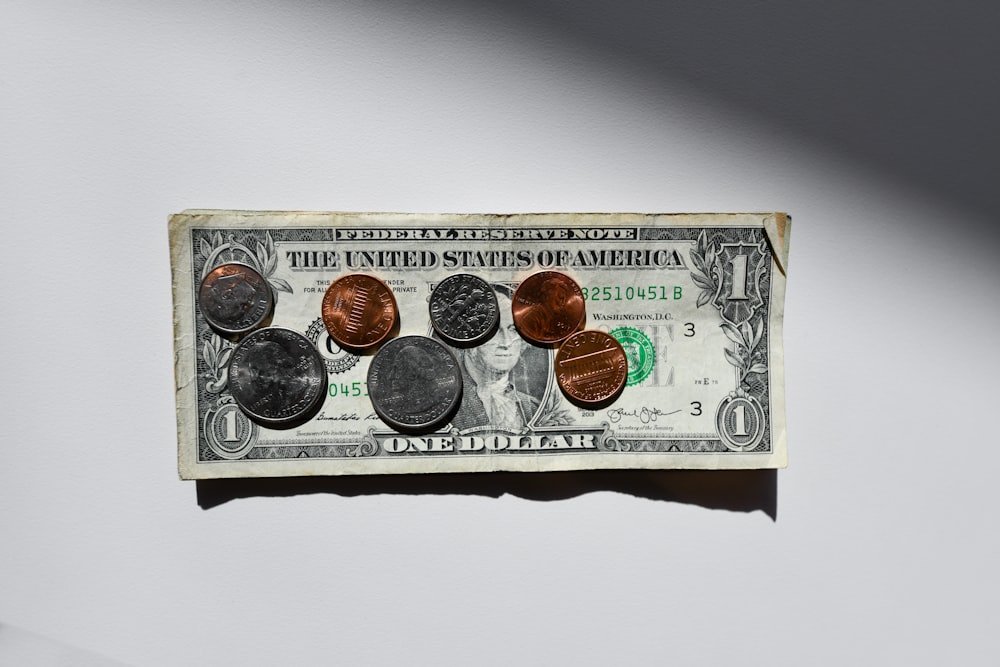I came across another interesting JVM Lending blog recently, and I want to dive into it here. Jay Vorhees, owner/lender at JVM, wrote about the Best Bridge Loans in 2024 and how there is a shocking amount of demand for them. But first, some context:
Bridge loans are short-term loans that typically tap into the equity of a borrower’s departing residence to allow that borrower to buy a new home before they sell their departing residence (basically the solution to how one can buy before selling).
Here’s how they traditionally work: JVM has an investor who will lend up to 75% of the value of the departing residence, but without paying off the first mortgage. So, if their borrower has a $1 million home with a $500,000 mortgage, the JVM bridge investor will loan $250,000 of cash to the borrower (to get 75% combined loan-to-value ratio) – with no fees or payments due. But the investor will require the borrower to pay 2.4% of the sales price of the borrower’s departing residence when it sells (which still often works out to be much less than the fees associated with non-JVM bridge loans).
Coupling that with no payments makes bridge loans incredibly popular. Do note, though, that the investor will not pay off an existing first mortgage, meaning borrowers remain responsible for the payments associated with that first mortgage. And if the borrowers have tight debt ratios, this often prevents them from qualifying for a new mortgage to purchase another home before they sell the current home.
So, JVM now also offers an EasyPath Mortgage Program, meaning the investor charges borrowers $2,500 for a guarantee that they will buy the borrower’s departing residence. They don’t lend money at all. But their guarantee to buy the departing residence no matter what allows lenders to ignore ALL of the payments associated with that residence which, of course, makes it much easier for the borrower to qualify for a new home before selling the old home.
If borrowers then need cash to buy a new home, they can max out equity lines before they enter into an agreement to sell their home to JVM’s investor. The investor gives borrowers 120 days to sell their homes for top dollar themselves, and only steps in if the home does not sell. This option makes a lot of sense for sellers looking to buy up or buy in areas where there is limited inventory.
It gives sellers peace of mind that they can find a house, move into it, and then sell their home. There is a lot to consider, but it might be worth it for those who really need to move but don’t want to put their home on the market until they see something they want to buy. With such low inventory, your offer might not be the one that is accepted.
























